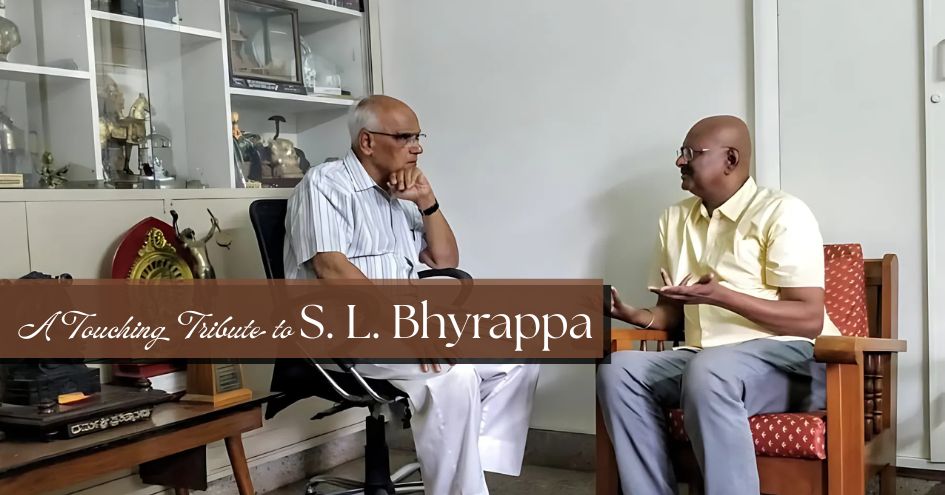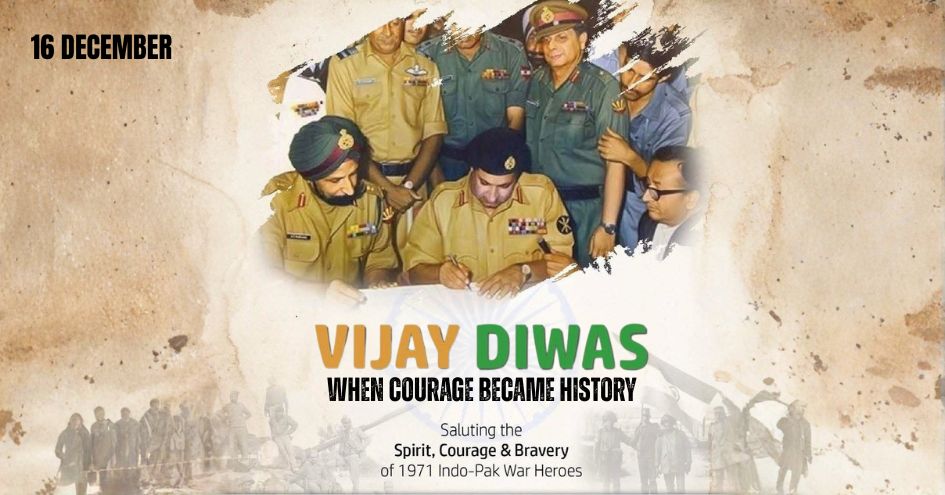Navratri fasting is a religious observance during the Hindu festival of Navratri, which lasts for nine nights and ten days. It is a significant festival celebrated in various parts of India to honor the goddess Durga and her various manifestations. Fasting during Navratri is a way for devotees to purify their minds and bodies, seek blessings, and show reverence to the divine feminine energy.
Here are some key aspects of Navratri fasting:
1. Duration: Navratri fasting typically spans the entire nine-day period of Navratri. Some people fast for all nine days, while others may choose to fast on specific days, such as the first and last day or certain days associated with specific goddess forms.
2. Types of Fasting: There are different ways to observe the fast. Some people abstain from consuming all forms of food and only have water or fruit juices during the fasting period. Others opt for a partial fast, where they avoid certain foods like grains, onions, garlic, and non-vegetarian items. Some may also choose to eat one meal a day.
3. Satvik Diet: During Navratri fasting, devotees often follow a Satvik diet, which includes foods that are considered pure and spiritually uplifting. Common foods consumed during this period include fruits, milk, yogurt, nuts, and certain vegetables like potatoes and sweet potatoes.
4. Avoidance of Non-Vegetarian and Onion-Garlic: Many people abstain from consuming non-vegetarian food and foods containing onion and garlic during Navratri. These items are believed to be tamasic (having negative qualities) and are avoided to maintain purity during the festival.
5. Spiritual Practices: Fasting during Navratri is not just about abstaining from food but also involves increased devotion, prayer, and meditation. Devotees often visit temples, participate in religious rituals, and sing bhajans (devotional songs) dedicated to the goddess.
6. Feasting on Navami: The fasting period typically concludes with a grand feast on Navami (the ninth day) or Dashami (the tenth day), depending on regional traditions. On this day, devotees break their fast and share special meals with family and friends.
7. Dandiya and Garba: In addition to religious observances, Navratri is known for its vibrant dance forms, such as Dandiya and Garba. These dances are performed during the festival, and they often involve energetic and colorful celebrations.
Navratri fasting is not only a religious practice but also a cultural and social event that brings communities together. It serves as a time for introspection, purification, and celebration of the divine feminine energy represented by Goddess Durga and her various forms.
NEXT ARTICLE

Subramania Bharati, often referred to as Mahakavi Bharati (Great Poet Bharati), was a revolutionary poet, journalist, and social reformer whose words...

Some writers tell stories, and then there are those rare souls who hold up a mirror to our civilisation, our history, and our innermost selves. Sri Sa...

As the Tricolour rises high on 16 December, Vijay Diwas calls out to the conscience of the nation.It reminds us of a timeless truth:Freedom is earned,...